Numbers Worksheet-15
(a) z > x (b) z < x (c) y < z (d) y > x
(a) 2, 3 (b) 3, 5 (c) 2, 5 (d) 2, 3, 5
R: division by zero is not defined then which of the following statement is correct?
(a) A is true and R is the correct explanation of A
(b) A is false and R is the correct explanation of A
(c) A is true and R is false
(d) A is false and R is true
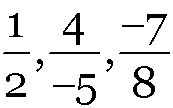 . If these numbers are arranged in ascending order or descending order, then the middle number is
. If these numbers are arranged in ascending order or descending order, then the middle number is(a)  (b)
(b)  (c)
(c)  (d) Cannot be determined
(d) Cannot be determined
(a)  (b)
(b)  (c)
(c)  (d)
(d) 
(a)  (b)
(b) 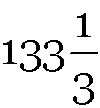 (c)
(c) 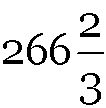 (d)
(d) 
(a) 0.3 (b) 0.03 (c) 0.003 (d) 3
 hours daily. He devotes
hours daily. He devotes  hours of his time for English and Mathematics. How much time does he devote for other subjects?
hours of his time for English and Mathematics. How much time does he devote for other subjects?(a)  hrs (b) 8 hrs (c)
hrs (b) 8 hrs (c)  hrs (d) 1 hrs
hrs (d) 1 hrs
(a) 0 is called the additive identity for rational numbers
(b) 1 is called the multiplicative identity for rational numbers
(c) The additive inverse of 0 is zero itself.
(d) All of these
(a)  lies to the left of 0 on the number line
lies to the left of 0 on the number line
(b) On the number line,  lies to the right of 0
lies to the right of 0
(c) The rational numbers  and
and  are on opposite sides of 0 on the number line
are on opposite sides of 0 on the number line
(d) Sum of rational number  and
and  is not zero
is not zero
q: every rational number is a fraction, then which of the following statements is correct ?
(a) p is true and q is false (b) p is false and q is true
(c) Both p and q are true (d) Both p and q are false
R: 0 is not a natural number, then which of the following statement is true ?
(a) A is false and R is the correct explanation of A
(b) A is true and R is the correct explanation of A
(c) A is true and R is false
(d) Both A and R are true
(a) 21 runs (b) 20 runs (c) 21.4 runs (d) 22 runs
 upto 30 times is
upto 30 times is(a) –1 (b) 1 (c) 30 (d) –30
(a)  (b)
(b)  (c)
(c)  (d)
(d) 
 . If one of the numbers is
. If one of the numbers is  , find the other.
, find the other.(a)  (b)
(b)  (c)
(c)  (d)
(d) 
(a) Rs. 123 (b) Rs. 123.65
(c) Rs. 124.65 (d) Rs. 122.65
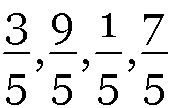 are arranged in ascending or descending order?
are arranged in ascending or descending order?(a) 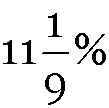 (b) 10% (c) 20% (d) 25%
(b) 10% (c) 20% (d) 25%
 metres?
metres?(a) 8 (b) 10 (c) 6 (d) 12
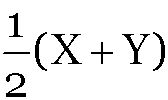 is a rational number lying between X and Y.
is a rational number lying between X and Y.Statement 2: 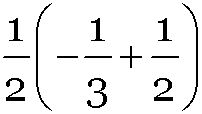 is a rational number that lies between
is a rational number that lies between  and
and  . Is statement 2 an example for statement 1?
. Is statement 2 an example for statement 1?
(a) No (b) Yes
(c) Can't say (d) Information is incomplete
Answer Key:
(1)-(b); (2)-(c); (3)-(b); (4)-(c); (5)-(d); (6)-(c); (7)-(b); (8)-(d); (9)-(d); (10)-(d); (11)-(a); (12)-(a); (13)-(c); (14)-(d); (15)-(c); (16)-(a); (17)-(b); (18)-(a); (19)-(a); (20)-(b)